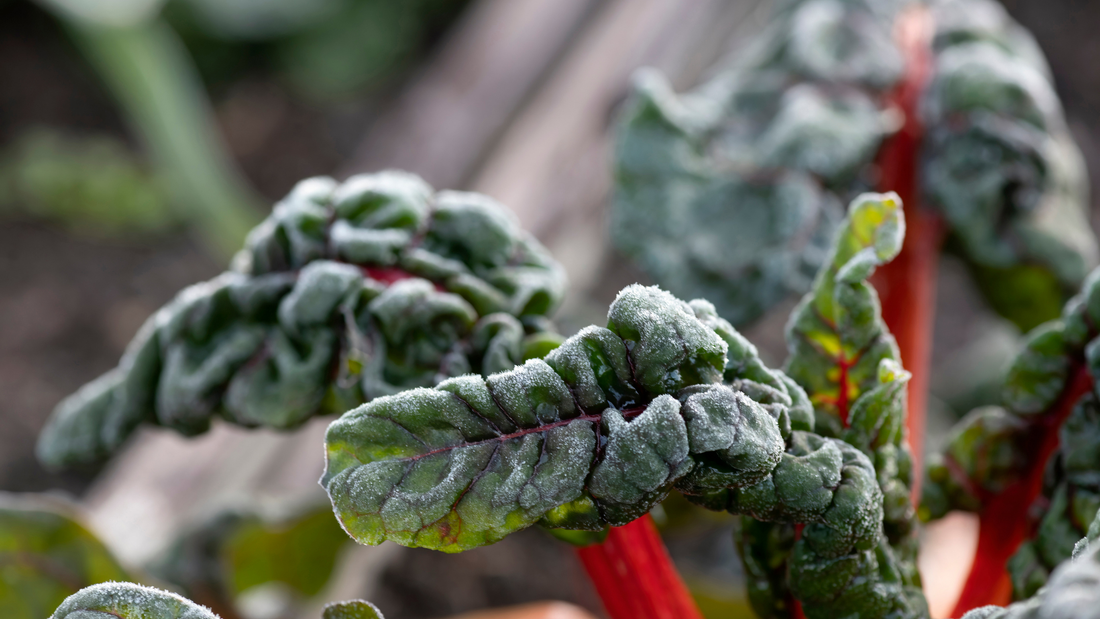In many areas, changing weather patterns lead to a confusing in-between season for gardeners. You may face daytime temperatures in the mid-70s, while nighttime temperatures dip into the 30s and occasional cold days can pose a threat to your remaining flowers and fall crops. With proper planning and steps toward frost protection for plants, gardeners in many areas can enjoy a thriving fall garden for months to come. Read on to learn about recognizing the frost temperature for plants, solutions for cool-weather gardening, covering plants from frost, and other strategies for frost protection for plants.
Identifying Your Area's Frost Window
As fall wears on and winter approaches, many agricultural zones are approaching the time of their first frost. Identifying the expected frost time for your specific region can help you prepare your garden and implement strategic frost protection for plants. The Farmer’s Almanac First and Last Frost Dates tool provides an estimated first frost date based on past years’ data, allowing you to start covering your plants from frost and implementing protective measures in advance.
Keep in mind that all plants are different, and some are hardier to cold than others. For example, a harmful frost temperature for plants like basil and marigold is 29° to 32°F, while hardier plants like spinach and kale can survive when cold snaps sink below 28°. Dig into the specific species in your garden to determine how much support they’ll need as the frost sets in.
Frost Protection for Plants
Prepare your garden for frost by addressing both soil temperature and air temperature – they each impact the health of your garden. One of the best steps to take toward frost protection for plants is covering your soil with mulch, which will help it retain heat and moisture as the chill sets in. Leaves, straw, and wood chips all work well as natural and organic mulch.
Another key step for promoting even soil temperatures is watering regularly, and especially when a cold front is on the way. It may seem counterintuitive to water your plants before a particularly chilly night, but keeping your soil moist helps it retain heat. Water regularly to maximize hardiness in your plants and promote a more steady soil temperature.
Once temperatures in the lower 20s set in, uncovered annual plants will likely suffer some damage. To extend the life of your garden, you can use tools for covering plants from frost such as cold frames, plastic sheets, or even buckets. These methods can help your plants survive the frost, especially when some days are still warm. To protect young trees and shrubs, wrap burlap around their trunks to help them conserve heat in the winter.
Solutions for Winter Gardening
Whether you’re trying to extend your vegetable garden season or you’d like to give younger perennials the best possible chance at surviving the frost, natural garden additives can help. Apply De-Stressor at any stage of growth and continue application every week. The organic antioxidant blend will help your plants grow strong and healthy, allowing them to withstand stressors including frost.




